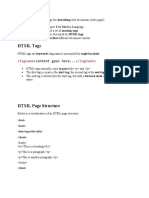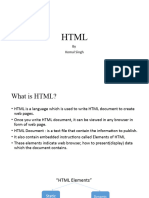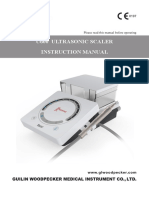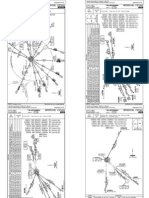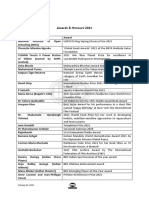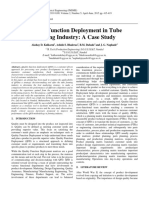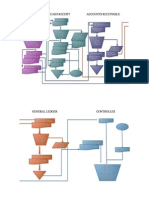0% found this document useful (0 votes)
28 views32 pagesChap 02 - Intro To HTML
The document provides an overview of HTML including HTML tags, elements, attributes, comments, and date/time formats. It describes the basic structure of an HTML page including the head and body sections.
Uploaded by
2022616874Copyright
© © All Rights Reserved
We take content rights seriously. If you suspect this is your content, claim it here.
Available Formats
Download as PDF, TXT or read online on Scribd
0% found this document useful (0 votes)
28 views32 pagesChap 02 - Intro To HTML
The document provides an overview of HTML including HTML tags, elements, attributes, comments, and date/time formats. It describes the basic structure of an HTML page including the head and body sections.
Uploaded by
2022616874Copyright
© © All Rights Reserved
We take content rights seriously. If you suspect this is your content, claim it here.
Available Formats
Download as PDF, TXT or read online on Scribd
/ 32































